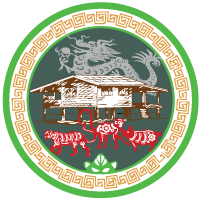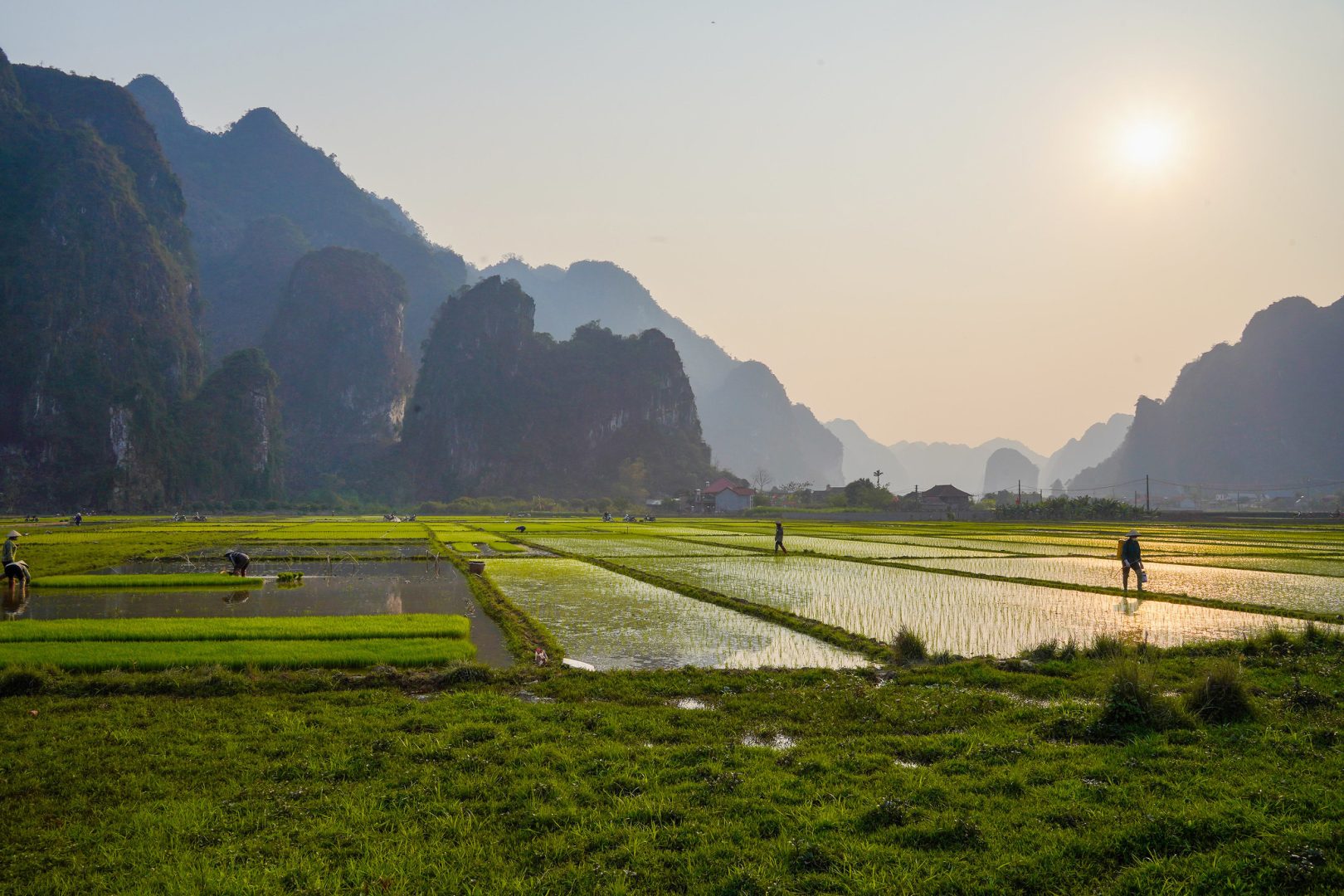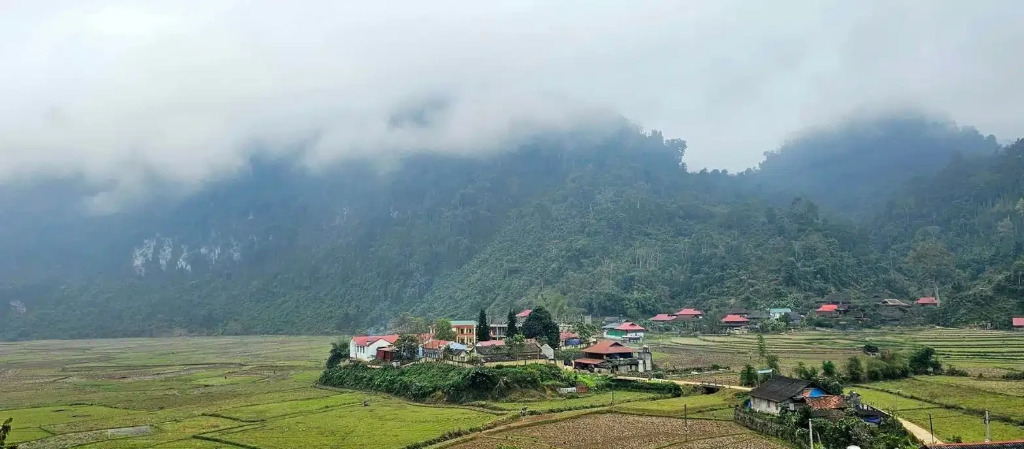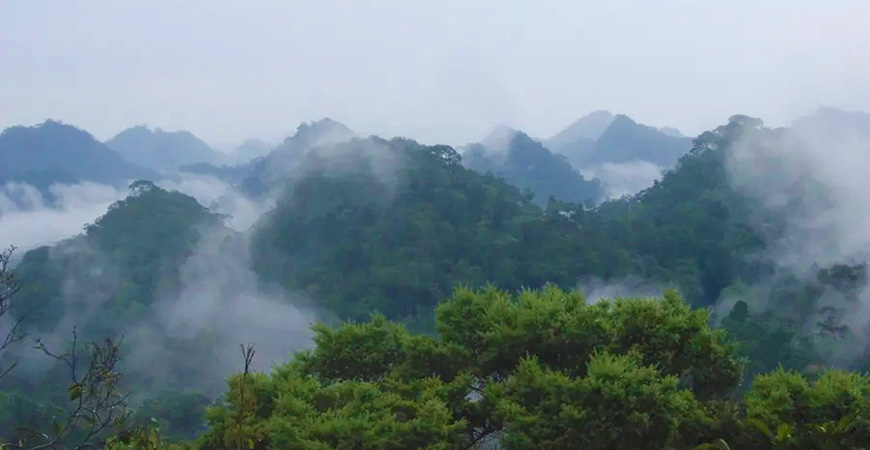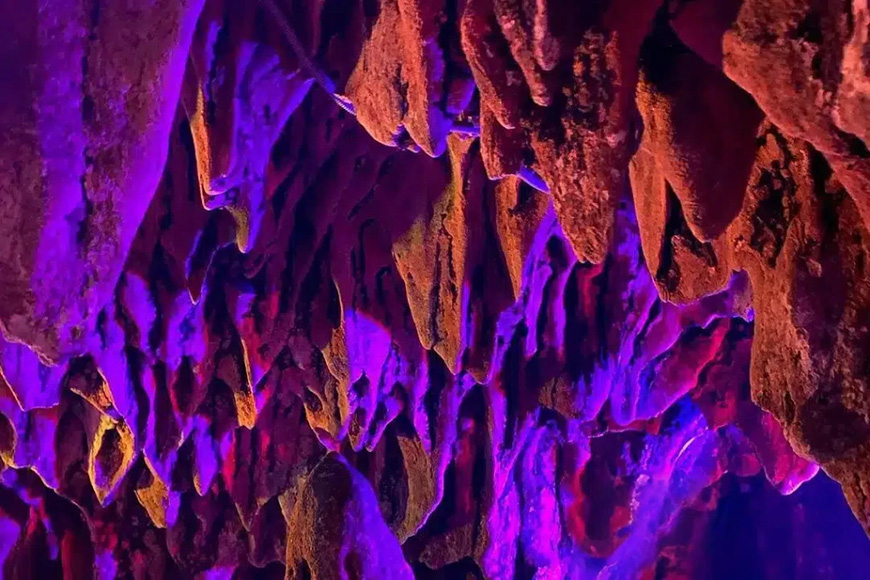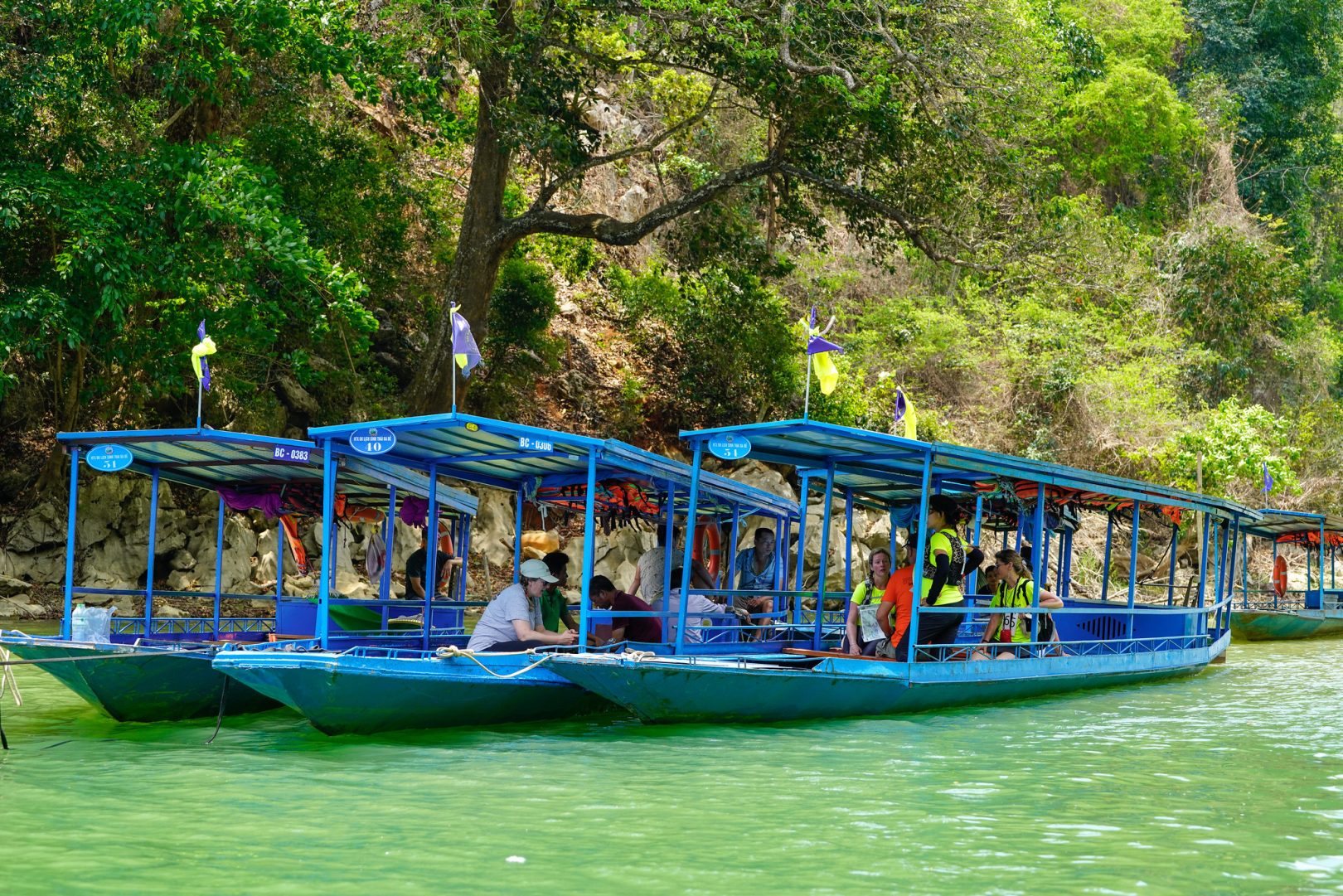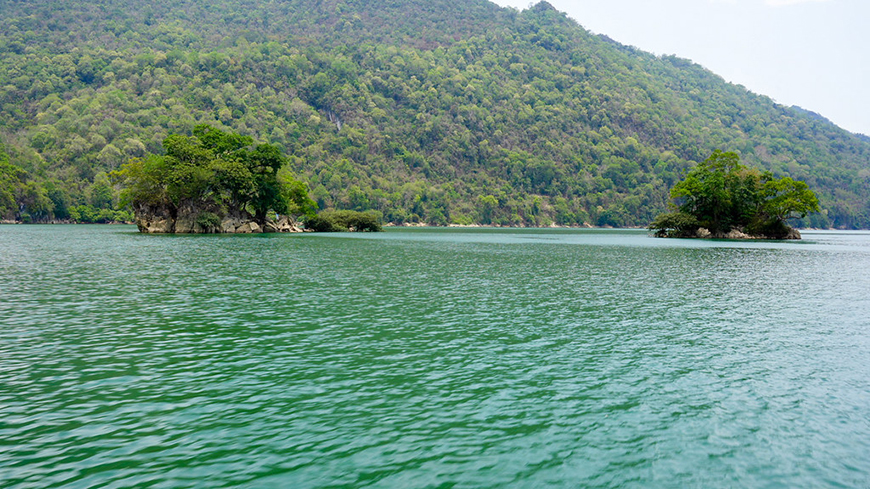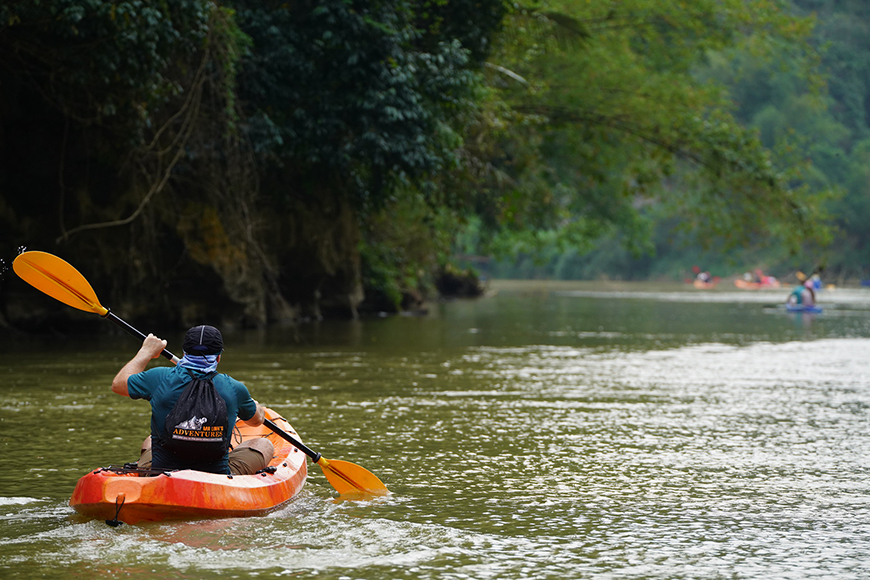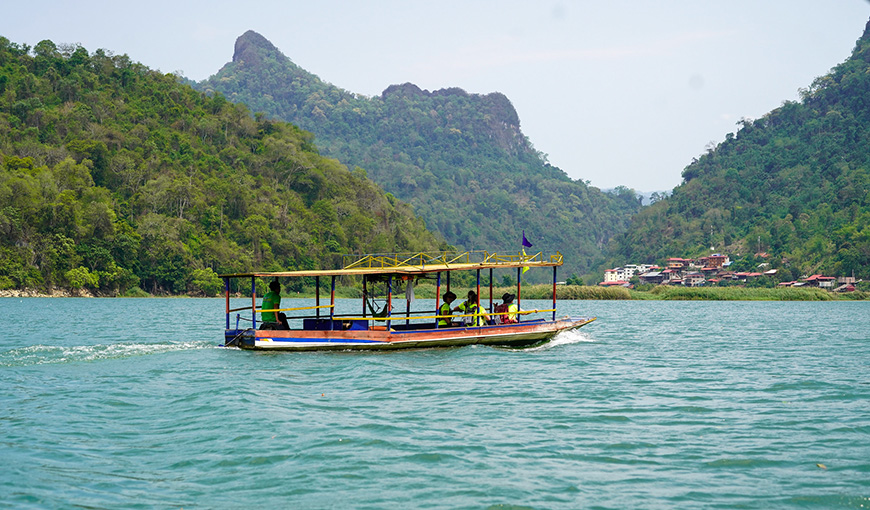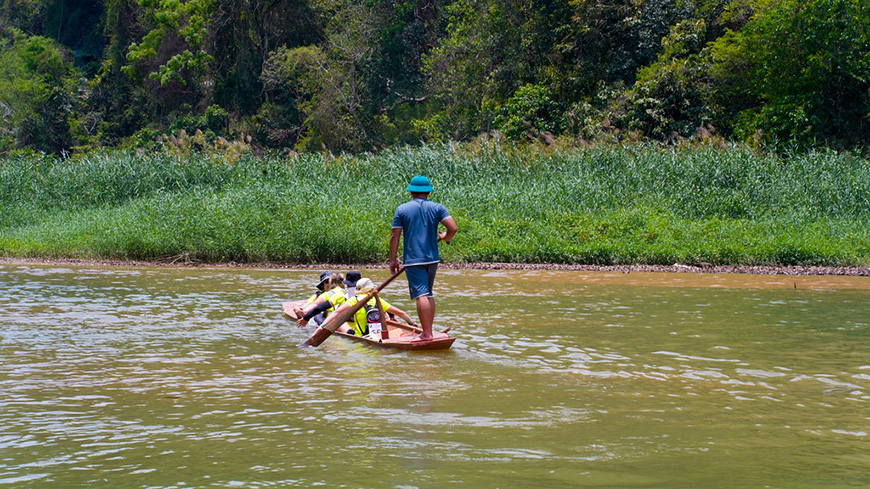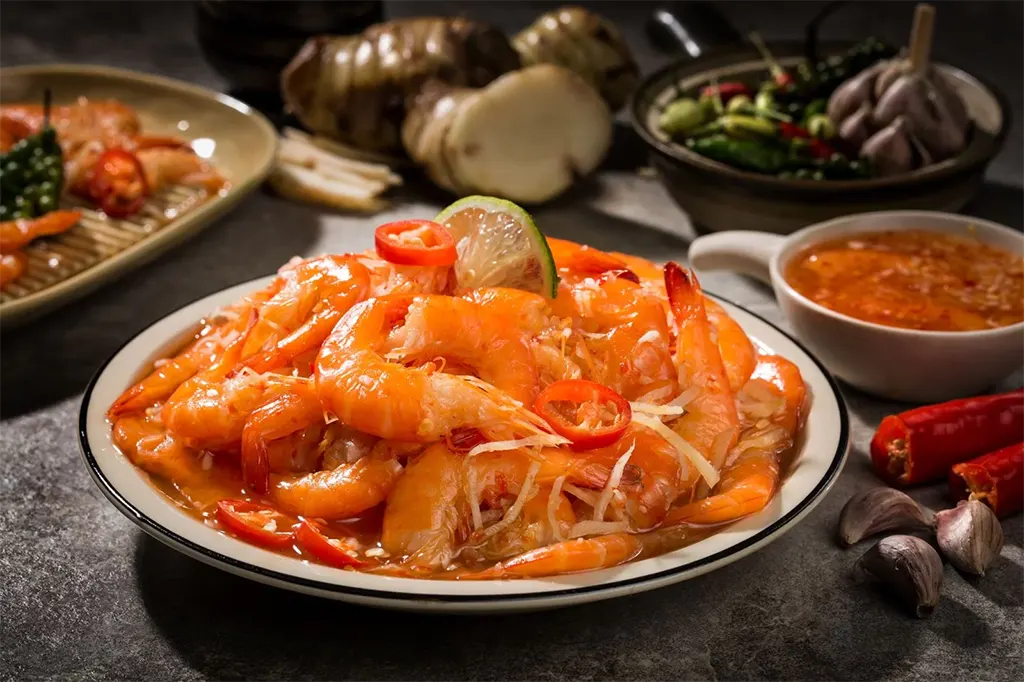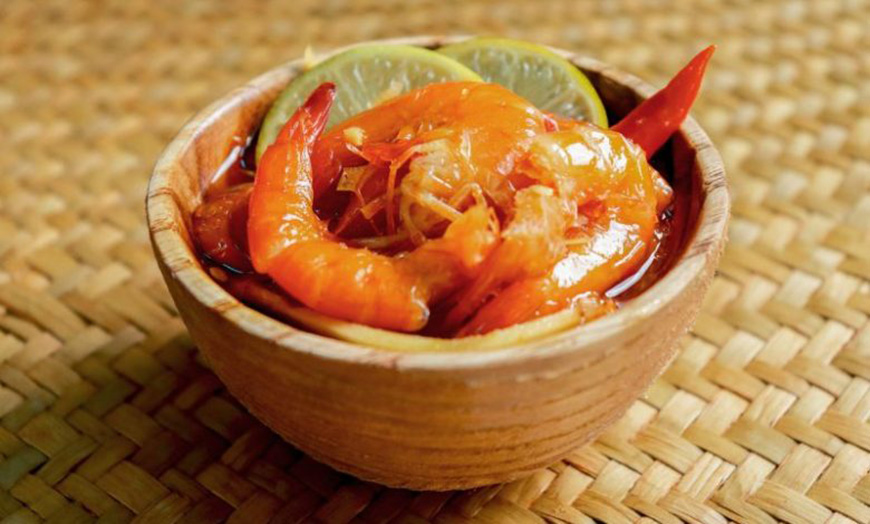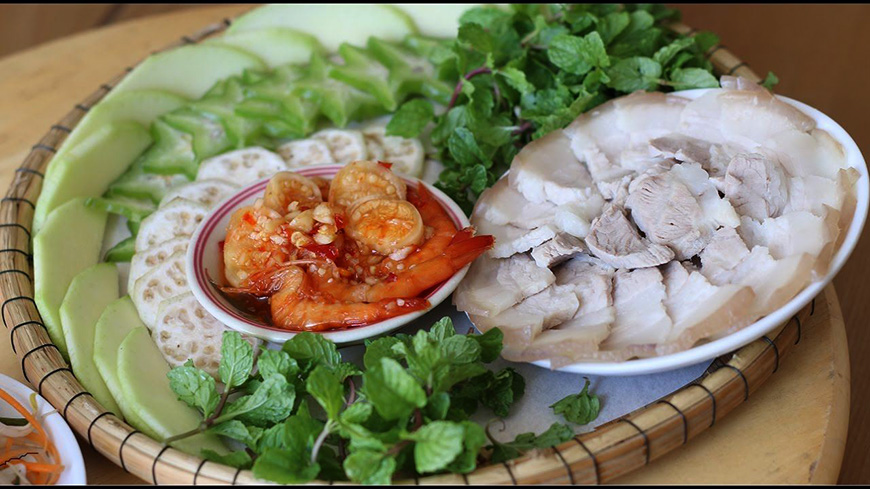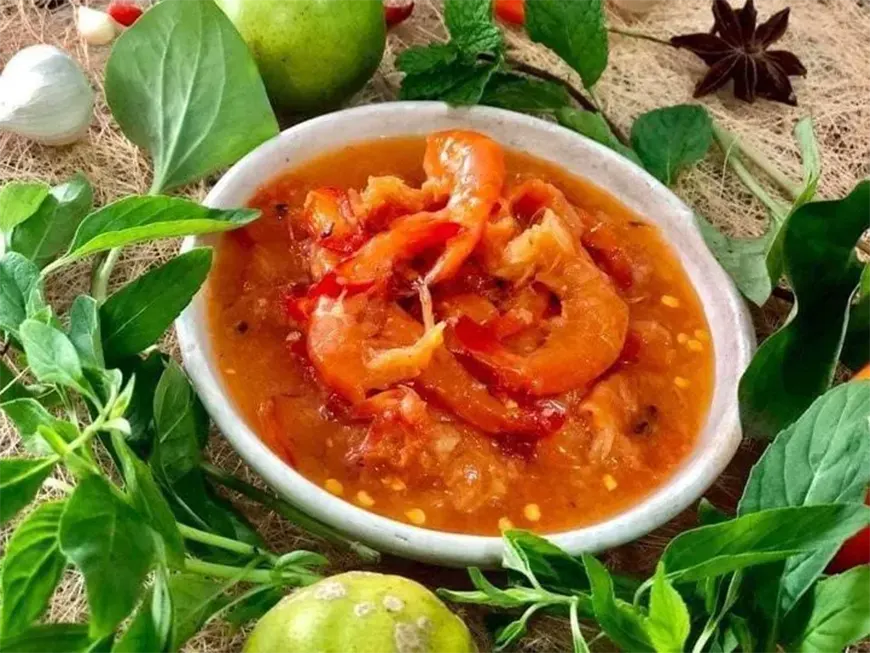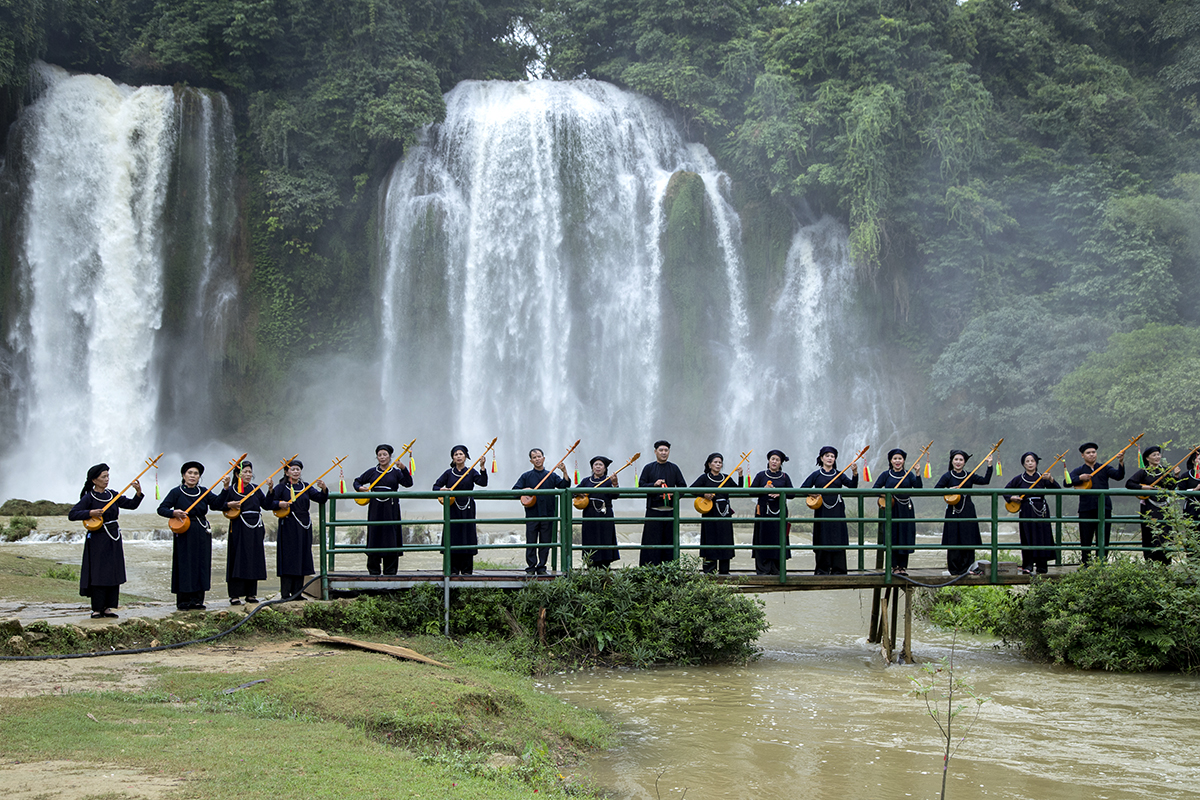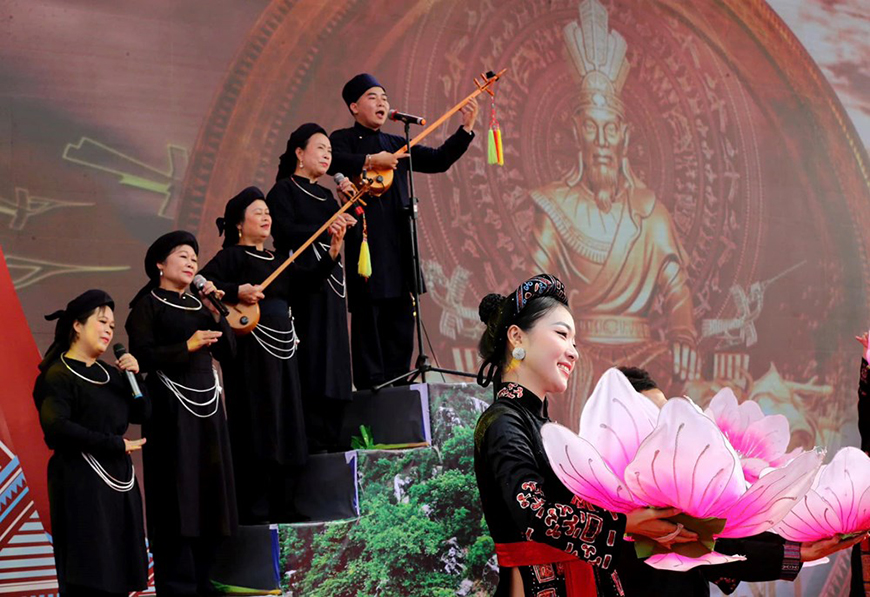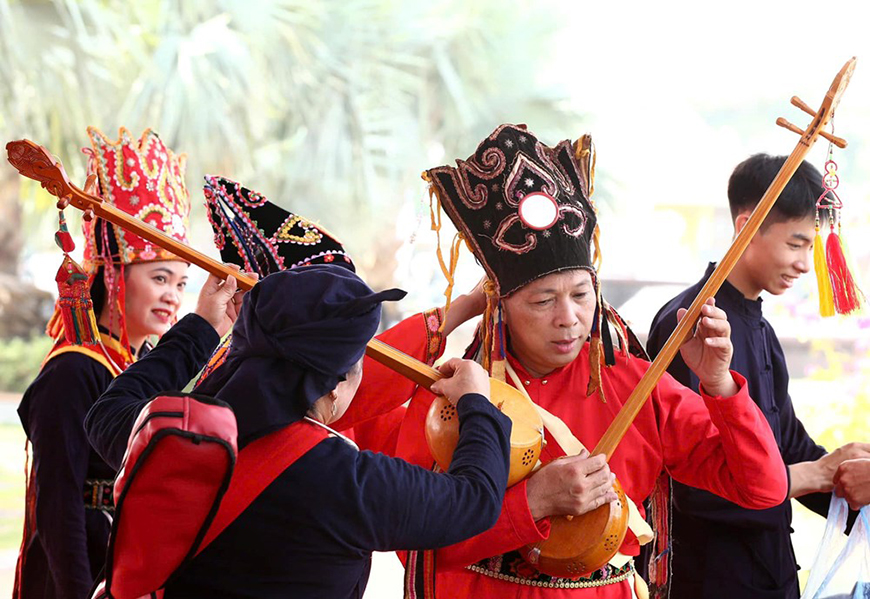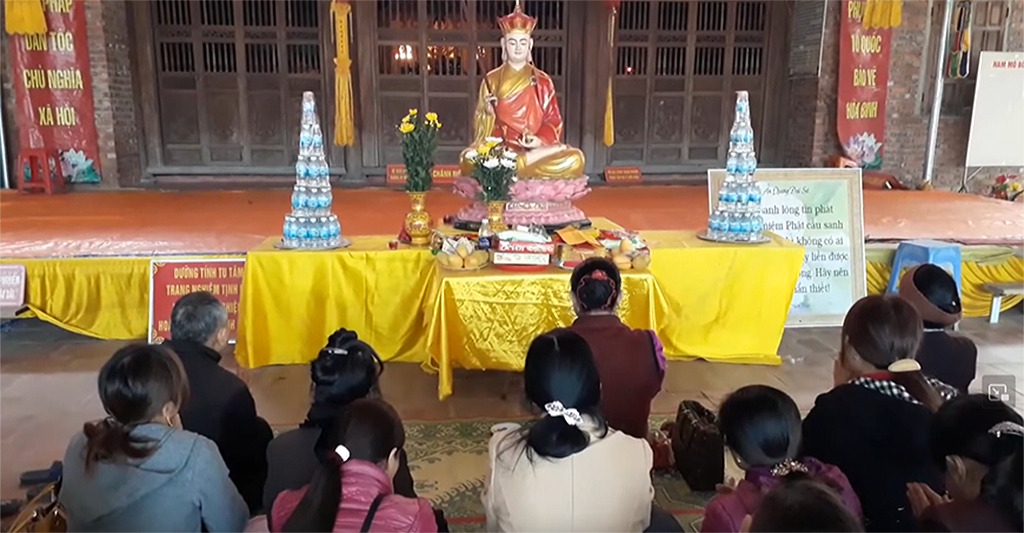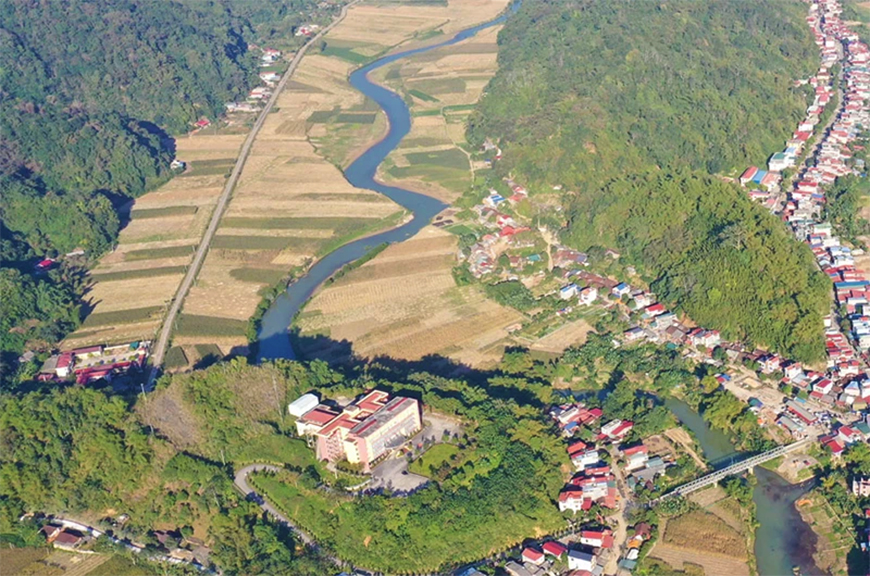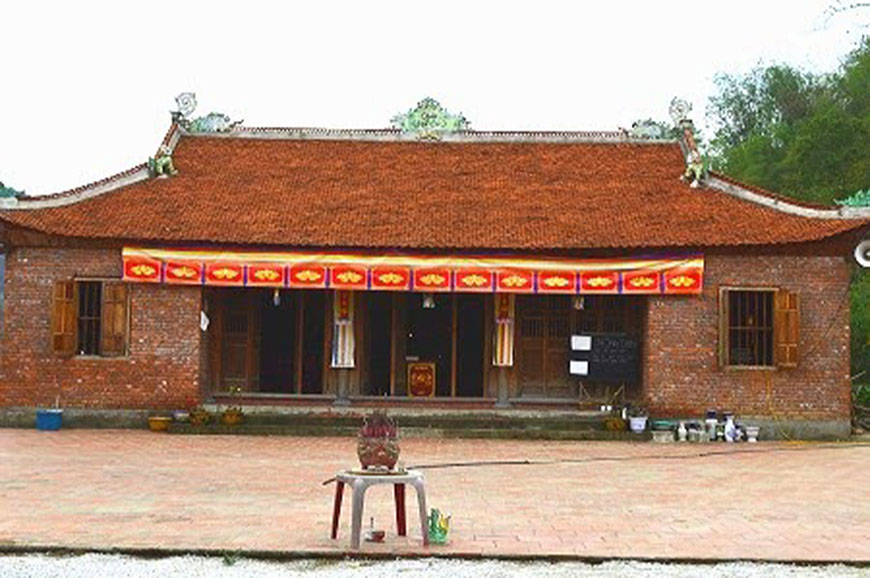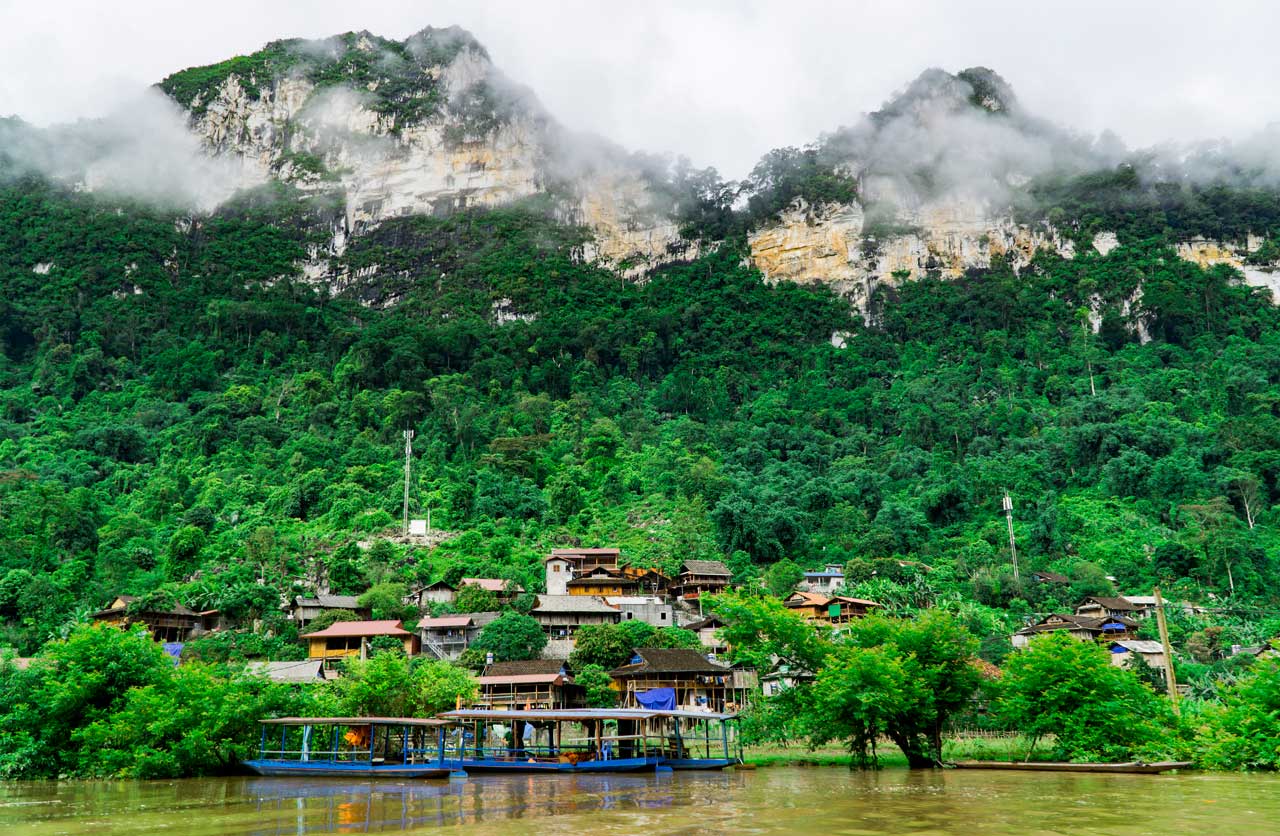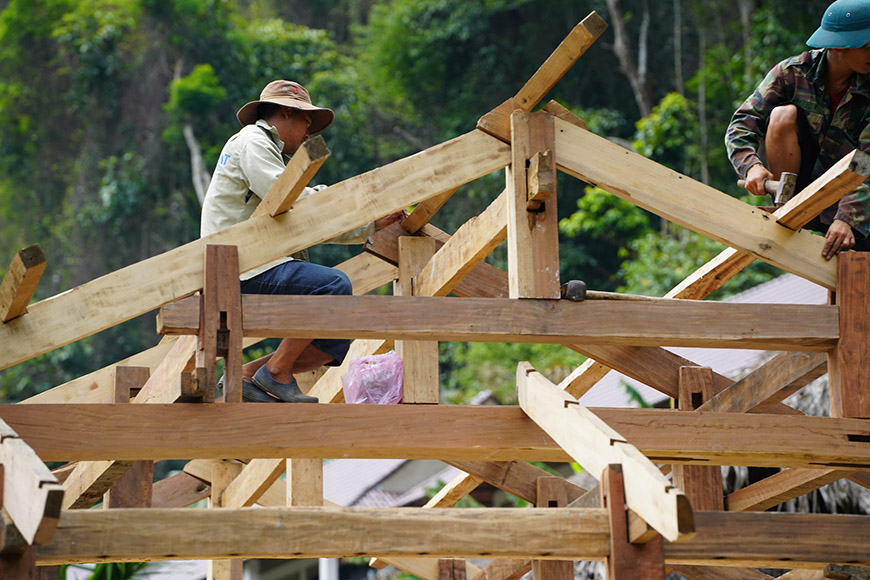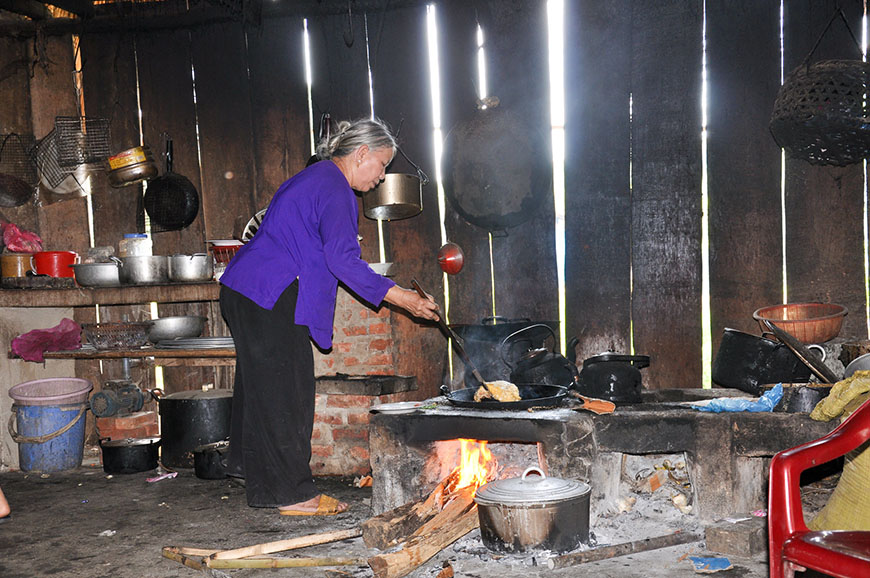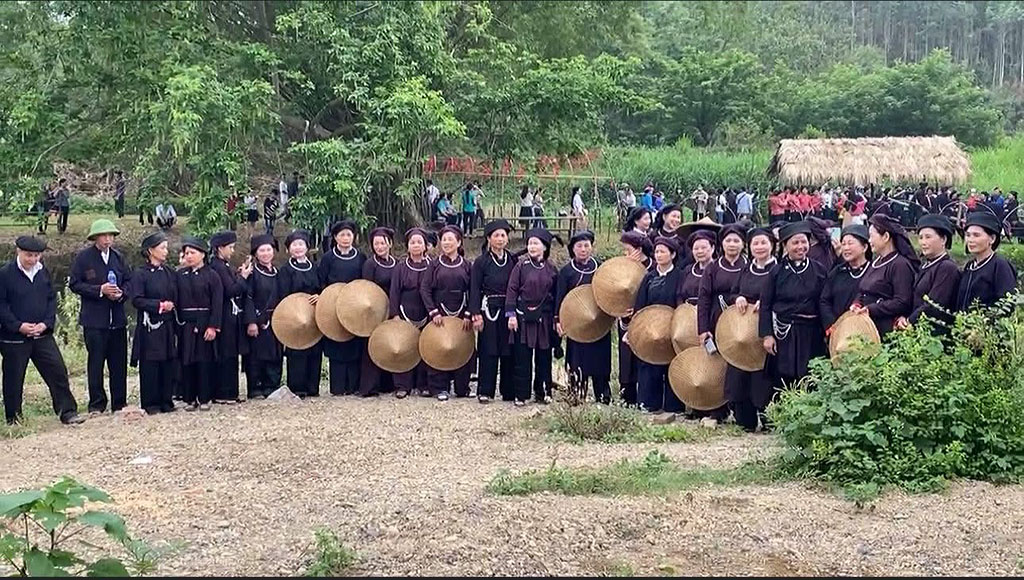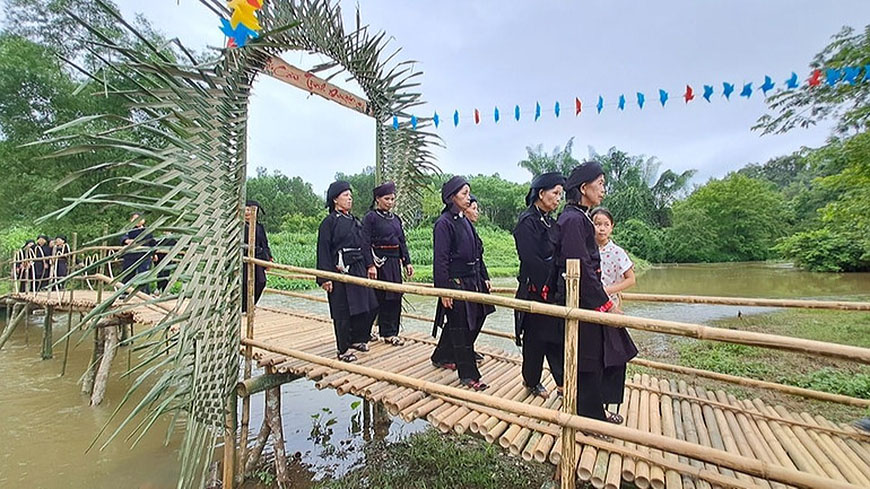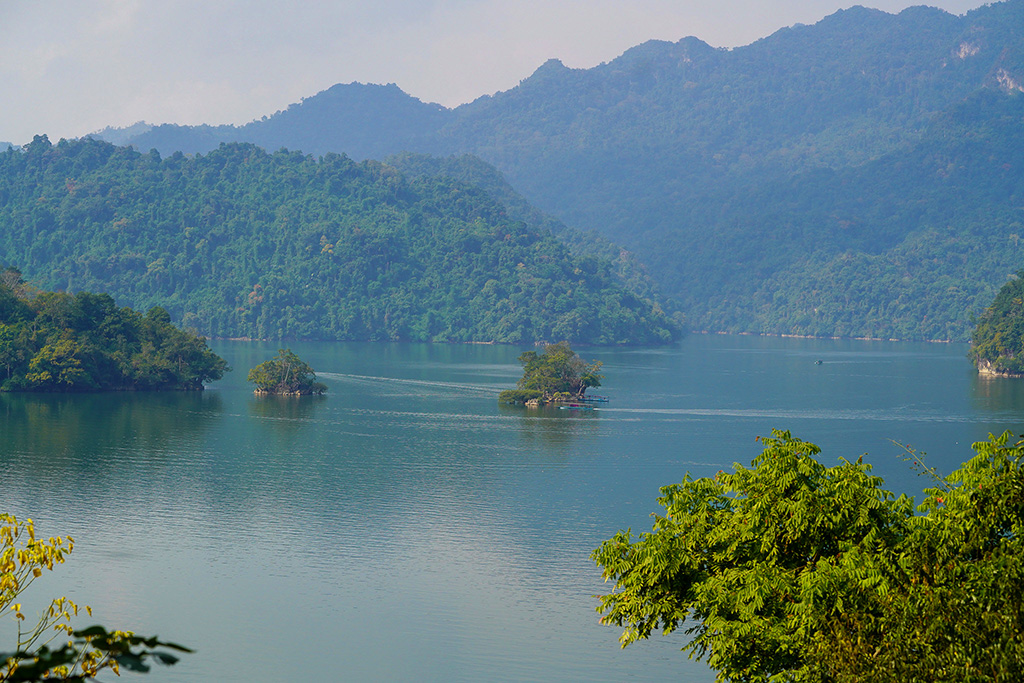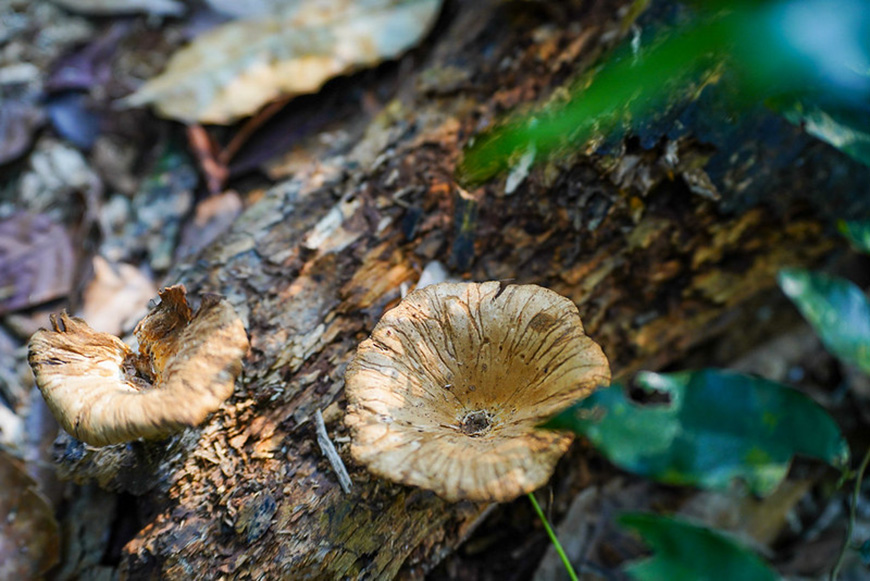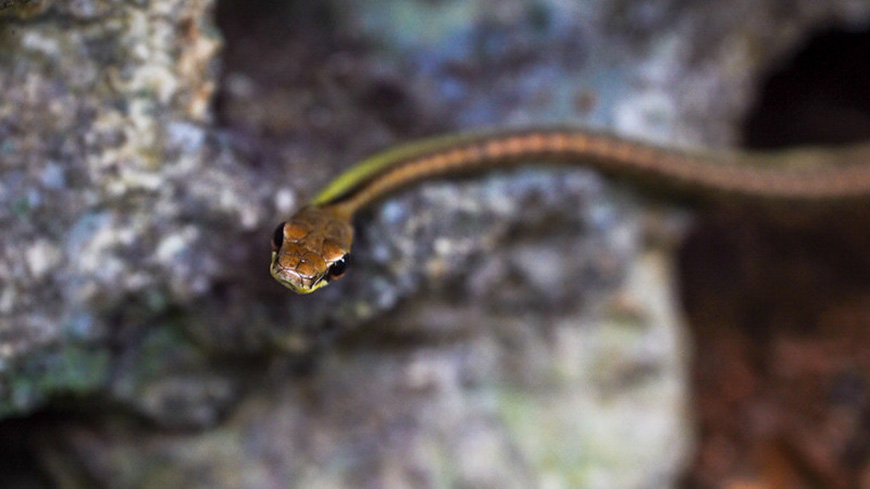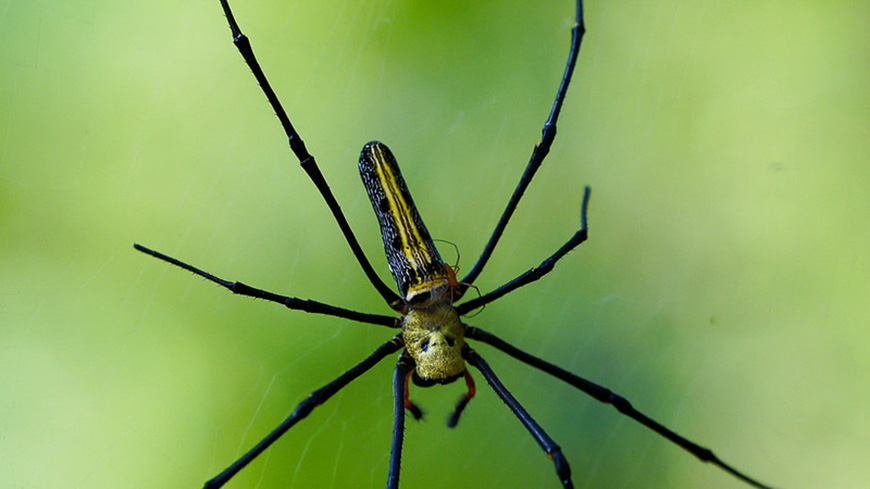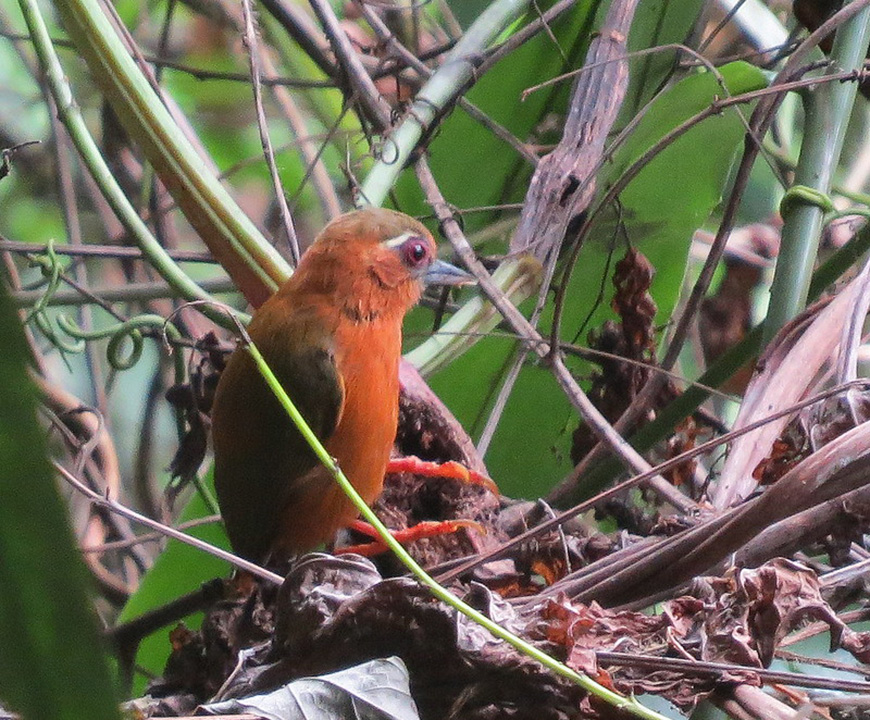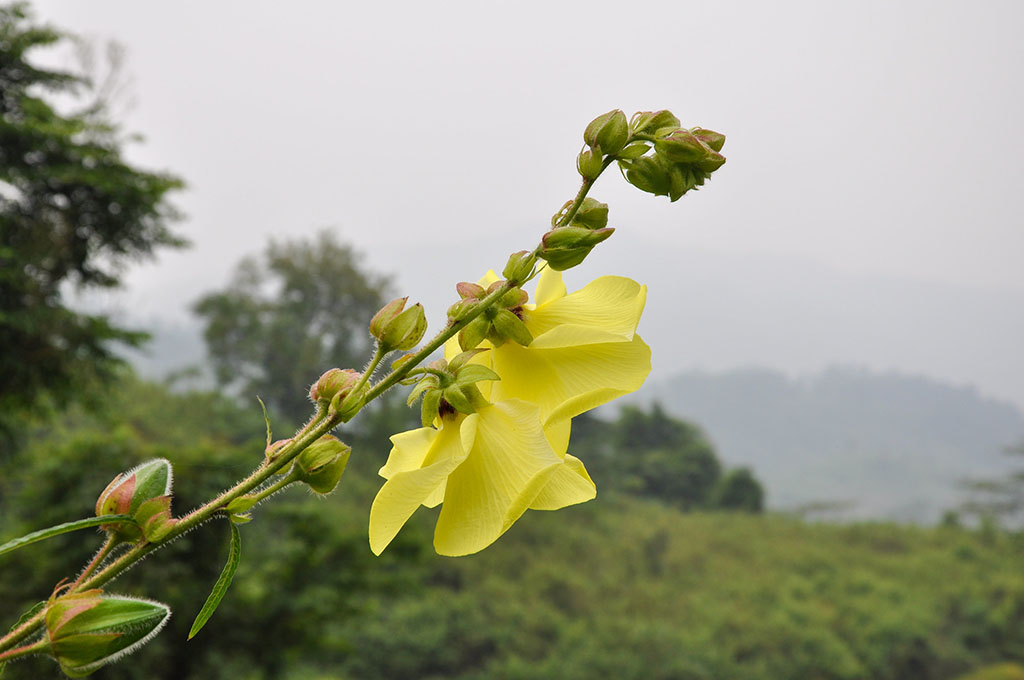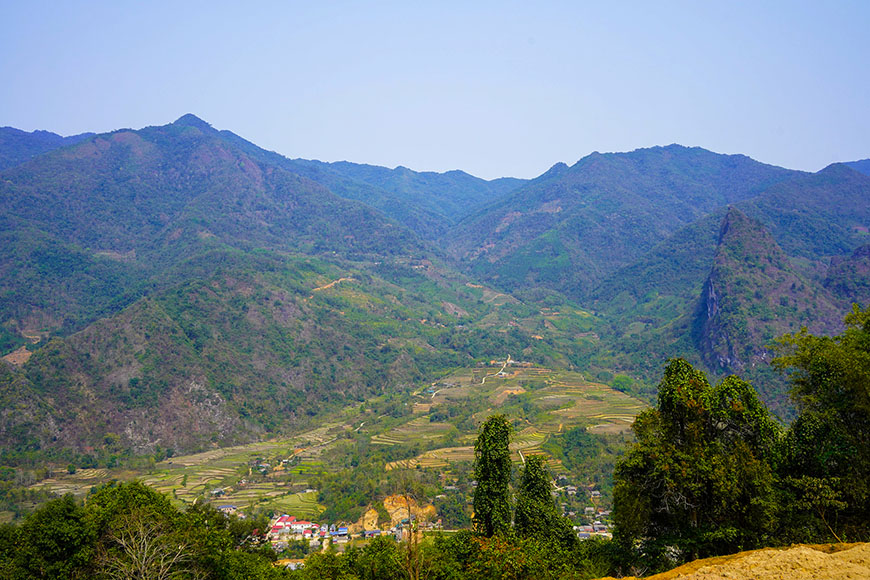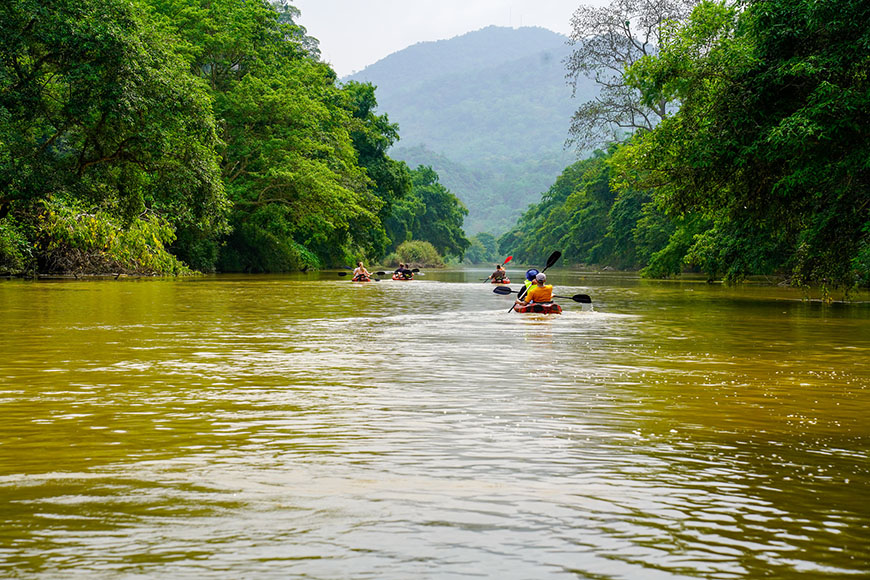An unforgettable tour to Ba Be, Cao Bang, and Ha Giang
Are you looking for a deep immersion into the magnificent landscapes of Northern Vietnam? Get ready for a week-long escape, filled with wild nature, rich culture, and authentic encounters. This itinerary is an invitation to discover exceptional sites, far from the beaten path. Don’t hesitate to contact Mr. Linh’s Adventures for more personalized information!
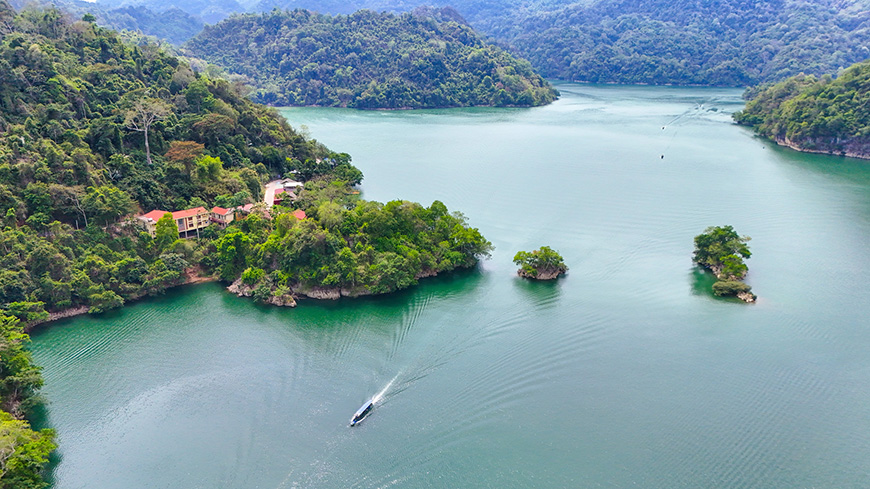
Day 1: From Hanoi to Ba Be lake, the call of calm
Your journey begins with a gentle transition from the hustle and bustle of the Vietnamese capital to the tranquility of Ba Be lake. Leave the urban agitation behind to embrace the calmness of its waters, nestled in the heart of mountains covered with dense and wild jungle. This first step is perfect for relaxation, a change of scenery, and contemplation.
Day 2: Ba Be, strolling on land and water
Explore the wonders of Ba Be lake. A peaceful hike will lead you through tropical vegetation, offering stunning panoramic views. In the afternoon, glide peacefully on the waters aboard a traditional boat, allowing you to fully appreciate the surrounding beauty and the peaceful atmosphere of the lake.
Day 3: From Ba Be to Khuoi Ky, cultural immersion
Leave the magic of Ba Be to reach the charming stone village of Khuoi Ky. The journey will reveal changing landscapes, a prelude to a deeper immersion into local life. This is an opportunity to discover the unique architecture of stilt stone houses and the traditions of the mountainous communities. The custom of building stone houses comes from the Tay people’s belief in the Stone God, a deity with powerful natural abilities who can protect them and ensure a peaceful life.
Day 4: From Khuoi Ky to Ban Gioc Waterfalls, then Khuoi Khon
A spectacular day awaits you with the discovery of the majestic Ban Gioc Waterfalls, one of the largest natural waterfalls in Southeast Asia, shared with China. After this magnificent spectacle, the road will lead you to Khuoi Khon, a village inhabited by the Black Lo Lo people, offering a glimpse into Vietnamese rural life.
⇒ Don’t miss out our Cao Bang travel guide
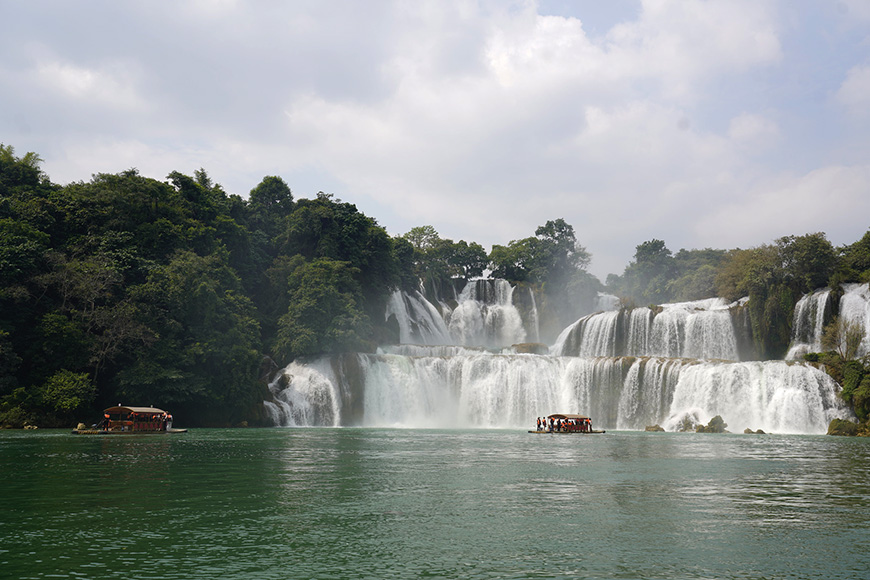
Day 5: From Khuoi Khon to Meo Vac and Dong Van, in the heart of the Geopark
Immerse yourself in the heart of the Dong Van Karst Plateau Geopark, classified by UNESCO. The winding roads will take you from Khuoi Khon to Meo Vac, then to Dong Van. Prepare for simply the most breathtaking panoramic views of Northern Vietnam, impressive rock formations, and landscapes of an almost lunar beauty, dotted with terraced cornfields.
Day 6: From Dong Van to Thon Tha village, the authenticity of Upper Tonkin
Continue your exploration of the highlands by leaving Dong Van for the peaceful Tay ethnic village of Thon Tha. This day is an invitation to discover the authentic rural life of Ha Giang province. Meet the locals, soak in the serene atmosphere around the stilt houses, and admire the terraced rice fields that sculpt the landscape.
Day 7: From Thon Tha to Hanoi, a return full of memories
Your incredible week comes to an end with the return to Hanoi.
You will take with you imperishable memories, magnificent landscapes etched in your memory, and the richness of the encounters that marked your journey. An adventure that, without a doubt, will remain a highlight of your discovery of Vietnam.
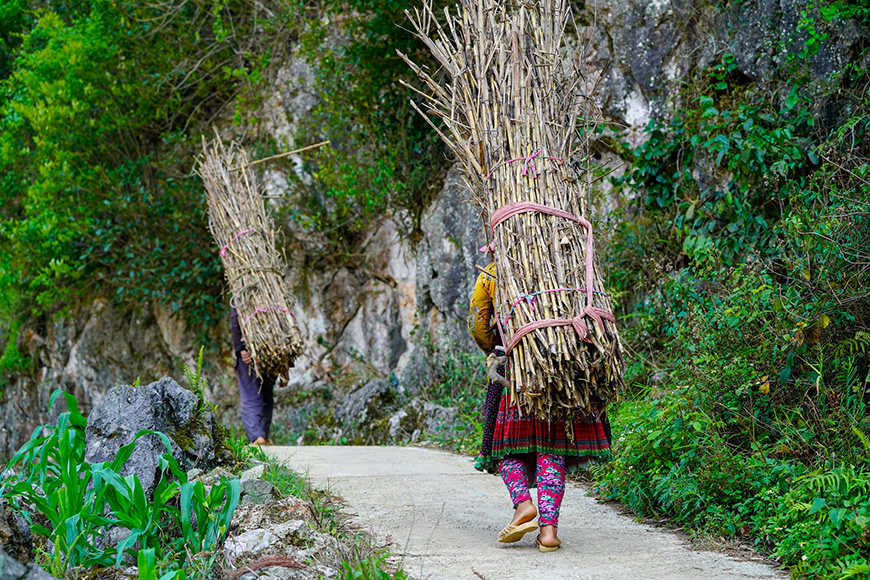
This tour offers a complete immersion into the diversity and beauty of Northern Vietnam. Are you ready to explore these fascinating regions?
